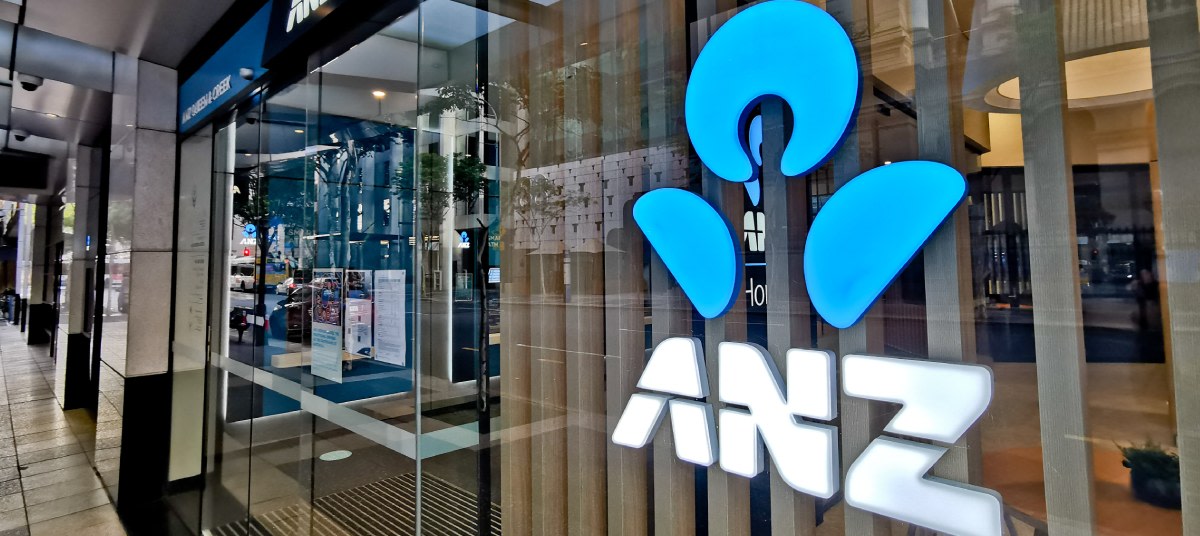
ANZ now sees the first realistic chance for a rate cut in February, when the RBA should have a clearer picture that inflation is sustainably under control.
Australia and New Zealand Banking Group (ANZ) has become the latest of the big four banks to push back its expectations for the next Reserve Bank of Australia (RBA) cash rate cut, now forecasting the first move won’t occur until February 2026.
The RBA has already delivered three rate cuts this year, but the central bank has repeatedly stressed it wants to see “sustained progress” on inflation before moving again.
In its latest weekly macro-economic update, ANZ’s economics team said that while it had previously expected a November rate cut, it now believes the RBA will wait until at least February 2026 before easing monetary policy.
“The RBA’s Monetary Policy Board left the cash rate unchanged at 3.60 per cent… with the post-meeting statement a little more hawkish than we’d expected,” ANZ economists wrote.
“Looking forward, our detailed CPI preview points to a 0.9 per cent q/q increase in the trimmed mean in Q3, with upside risk. As a result, we no longer expect a rate cut from the RBA in November.”
The bank said it remains of the view that one final easing to 3.35 per cent “remains more likely than not”, but that the likelihood of multiple cuts has diminished.
“The decision now appears to be between one rate cut and no additional easing,” the team stated.
“February seems to be the first plausible month for that easing (which is where we have moved the rate cut to). However, depending on the Q3 CPI and other data, the Board might want more time to be certain that inflation is contained and sustainably heading toward the mid-point of the target.”
What led to the revision?
ANZ said it expects trimmed mean inflation for the September quarter to come in at 0.9 per cent – or 2.8 per cent annually – which it said is high enough to keep the RBA cautious about moving too soon.
Even though the spike may be temporary, ANZ said it suggests that “price growth isn’t clearly heading toward the RBA’s 2–3 per cent target midpoint yet”.
“The price and cost indicators from business surveys suggest there is scope for lower inflation and that the likely Q3 outturn is a hiccup, rather than the start of a new trend,” the economics team wrote.
“We also think the labour market has eased a little over recent months versus the RBA’s view that conditions have been ‘steady’ and ‘stable’. And while leading indicators of activity (such as forward orders in the NAB survey) suggest a further lift in y/y GDP growth, the absence of what had been widely anticipated additional monetary easing in the final months of this year could see a pullback in the recovery of private demand.”
The bank added that “it appears increasingly likely that this will be one of the shallowest easing cycles on record.”
The economists also noted that the recovery in Australia’s housing market “appears to be picking up pace.”
“Monthly growth in capital city housing prices is at its strongest since late 2023, and monthly growth in housing credit is at a three-year high,” it said.
The majors: One outlier remains
ANZ’s change in forecast follows a wave of similar revisions from other major banks over the past fortnight.
National Australia Bank (NAB) was the first to delay its expectations, moving its forecast from November 2025 to May 2026. NAB cited ongoing economic strength, a resilient labour market, and inflation that remains above the RBA’s comfort zone.
Commonwealth Bank of Australia (CBA) followed suit, revising its call from November 2025 to February 2026 after describing the RBA’s tone as “a little more hawkish than we expected.”
CBA said it believes the central bank will “wait and see evidence that inflation continues to head towards the mid-point of the target band before easing further.”
Westpac, meanwhile, remains an outlier of the majors. It continues to forecast a November rate cut – but with more caution than before.
Chief economist Luci Ellis said last week that a November cut was “far from assured”, though she maintained that “the choice is still when to cut further, not whether.”
The next key data point for the RBA will be the release of the September quarter consumer price index on 29 October – just days before the central bank’s next monetary policy meeting on 4 November.
If inflation surprises on the downside, economists said the conversation around February could shift again. But for now, ANZ, CBA, and NAB believe the RBA is firmly in “wait and see” mode, while Westpac remains cautiously optimistic that a November move is still possible.
As ANZ concluded: “Depending on the Q3 CPI and other data, the Board might want more time to be certain that inflation is contained and sustainably heading toward the mid-point of the target.”
The next RBA rate decision will be announced on Tuesday, 4 November 2025, followed by its final meeting of the year on 9 December 2025.

